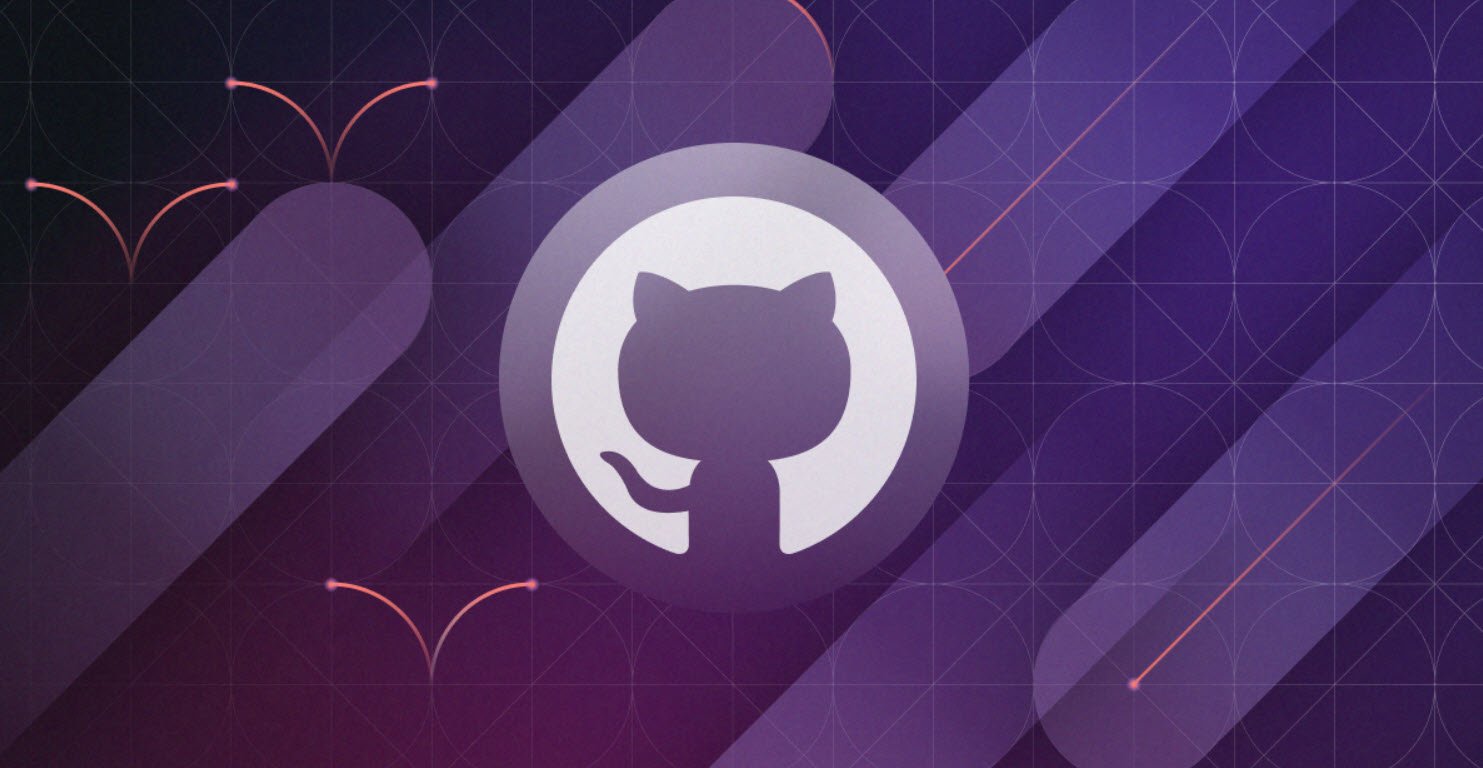
In the ever-evolving landscape of cybersecurity, professionals require an arsenal of powerful tools to defend against an array of threats. From network monitoring to vulnerability assessment and intrusion detection, each aspect of cybersecurity demands specialized instruments.
In this article, we’ll explore must-have cybersecurity tools that play a crucial role in fortifying digital systems and networks against cyber threats.
1. Kali Linux – Operating System
At the forefront of cybersecurity, Kali Linux stands as a powerful operating system designed explicitly for penetration testing and ethical hacking. Packed with a plethora of pre-installed tools, it provides a comprehensive environment for security professionals to assess and fortify the resilience of systems.
2. Ghidra – Debugging
Developed by the National Security Agency (NSA), Ghidra is an open-source software reverse engineering toolkit. It assists cybersecurity experts in analyzing malicious code, understanding software vulnerabilities, and enhancing the overall security posture by identifying and rectifying potential weaknesses.
3. Wireshark – Network Protocol Analyzer
Wireshark is a widely-used network protocol analyzer that allows cybersecurity professionals to capture and analyze network traffic. This tool is instrumental in identifying security threats, troubleshooting network issues, and gaining insights into the communication patterns within a network.
4. Nmap – Port Scanner
Network Mapper, or Nmap, is an essential tool for cybersecurity professionals engaged in vulnerability assessment. It enables users to discover open ports, identify network services, and assess potential vulnerabilities. Nmap is a versatile tool, providing a range of features for network exploration and security auditing.
5. Burp Suite – Web Hacking
For web application security testing, Burp Suite is a go-to tool. It offers functionalities like scanning for vulnerabilities, crawling content, and intercepting and modifying HTTP requests. Security professionals use Burp Suite to identify and address potential security loopholes in web applications.
6. Zed Attack Proxy – Web App Security Scanner
Commonly known as ZAP, the Zed Attack Proxy is an open-source web application security scanner. It aids in identifying vulnerabilities in web applications, ensuring robust security measures are in place to protect against common web-based threats such as SQL injection and cross-site scripting.
7. Gophish – Open Source Phishing Toolkit
Gophish is a user-friendly open-source phishing framework designed for security awareness testing. Security professionals can use Gophish to simulate phishing attacks, assess an organization’s susceptibility to such threats, and implement preventive measures.
8. Aircrack-ng – Wi-Fi Security
Aircrack-ng is a suite of tools for assessing and securing Wi-Fi networks. With features like packet capture, password cracking, and protocol analysis, Aircrack-ng is an essential tool for cybersecurity professionals aiming to ensure the security of wireless networks.
9. Deshashed – Email Security
Deshashed is a valuable tool for email security, allowing users to check if their email addresses and passwords have been compromised in data breaches. By identifying compromised credentials, cybersecurity professionals can prompt users to update passwords, enhancing overall security.
10. OpenVAS – Vulnerability Scanner
OpenVAS, or the Open Vulnerability Assessment System, is a comprehensive vulnerability scanner. It aids in identifying potential weaknesses in a system or network, allowing security professionals to proactively address and mitigate vulnerabilities before they can be exploited by malicious actors.
11. OSSEC – Intrusion Detection
OSSEC, or Open Source Security Information and Event Management (SIEM), is a robust intrusion detection system. It monitors logs, detects suspicious activities, and provides real-time alerts to potential security incidents, helping cybersecurity professionals respond promptly to threats.
Conclusion
As cyber threats continue to grow in complexity, the role of cybersecurity professionals becomes increasingly crucial. The tools mentioned above represent just a fraction of the expansive toolkit available to these experts. Whether it’s analyzing network traffic, fortifying web applications, or detecting intrusions, each tool plays a specialized role in creating a robust defense against cyber threats.
Cybersecurity is an ongoing battle, and having a diverse set of tools equips professionals with the capabilities needed to safeguard the digital realm in an ever-changing landscape of threats and vulnerabilities.
You may also like:- Top 7 Essential Tips for a Successful Website
- Sample OSINT Questions for Investigations on Corporations and Individuals
- Top 10 Most Encryption Related Key Terms
- Top 10 Key Guidelines For Designing A Robust Web Application
- The Rise of Online Shopping – Convenience, Risks, and Safety Measures
- WiFi Suspended at Major UK Train Stations Following Cybersecurity Incident
- The Coolest GitHub Hack You Should Know
- How to Avoid Being a Victim of Cybercrime
- Top 9 Signs of Viruses in Your Computer
- How Cybercriminals Exploit Email and How to Protect Yourself









This Post Has 4 Comments